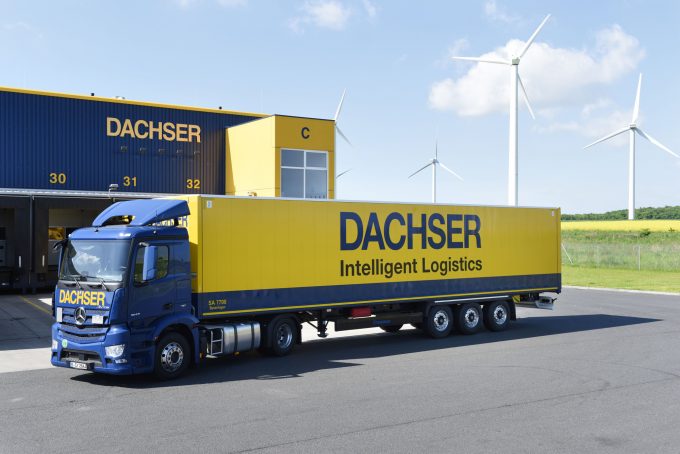Logistics players must accept the risks of indirect representation
Logistics operators must take the risks associated with indirect representation in the post-Brexit environment. Speaking to ...

While the consolidation of liner shipping companies into larger alliances and associated deployment of larger vessels on the Asia-Europe trades appears to be leading to a reduced range of port choices for shippers, it could, perversely, bring opportunities for logistics service providers with access to significant trucking capacity.
Edoardo Podesta, MD Asia-Pacific for Dachser’s air and sea forwarding unit, told The Loadstar on the sidelines of this week’s TOC Container Supply Chain event in Singapore that concerns about rising freight prices due to consolidation had been replaced by worries over port calls.
“A year ago there were concerns that there would be some sort of pricing convergence between the three big shipping groups, but that simply isn’t happening, freight rates are far weaker than a year ago.
“But what is happening is that there is a rationalisation of port calls, and it is difficult to believe that service will improve if all the cargo goes into a few mega-ports and the rest are relegated to feeder status.”
The concern for 3PLs and shippers, he explained, is centred around a future with all the lines using 20,000 teu vessels and calling at a handful of mega-ports, which he believes would lead to one of the biggest transformations in the forwarding business.
“The changes in cargo flows create a lot of opportunities for us, because it gives us the chance to redesign supply chains.
“The traditional freight forwarding business of simply buying and selling space on vessels is disappearing. Now shippers can look at where they have their production facilities, where they have their warehouses and where the areas of consumption are. And we now see that the future is to integrate our road network in Europe with the flows of products from Asia.
“Customers are coming to to us saying they would like to change the way they work and push more volumes into our trucking network.
“And this isn’t just about shipping, but also connecting the road network with rail, with LCL and FCL, and redesigning their network of distribution centres in Europe.
“So, for what we are looking to achieve in terms of in creating synergies between freight forwarding and our European road network, the big reshuffling of port pairs actually represents a great opportunity.”
And he added: “This is not just about Dachser; as an industry, we are good at redesigning supply chains.”
He argued that the threat of shipping lines moving into areas traditionally dominated by 3PLs could be hindered by their lack of hinterland transport assets.
“It’s clear that the shipping lines are gearing up to become both our suppliers of maritime transport as well as our competitors of logistics services. But it is also clear that, if they do not have the physical inland networks we control, they are going to find this pretty difficult,” he said.
Comment on this article